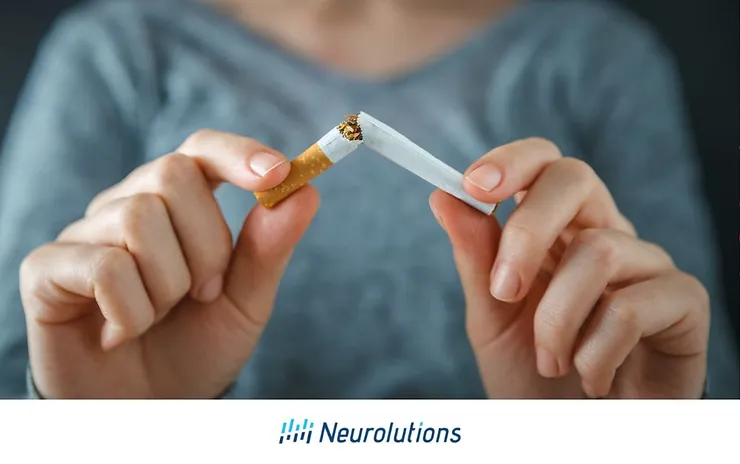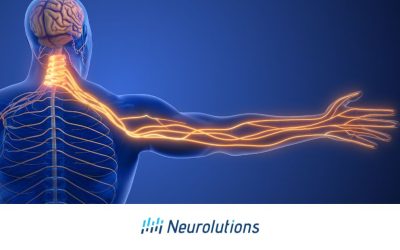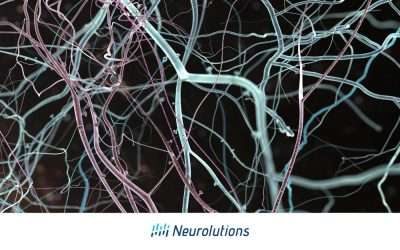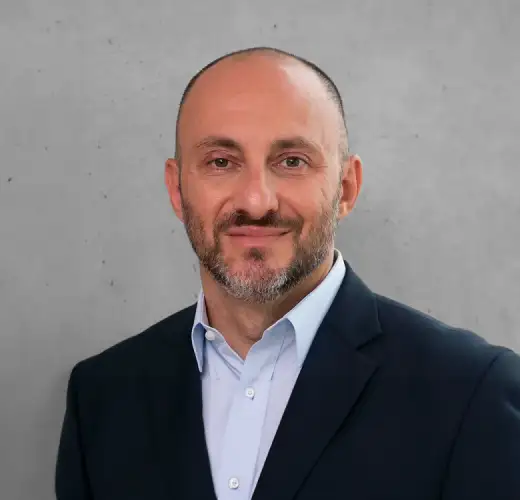Can smoking cause a stroke?
It is well-known in the medical community that cigarette smoking is a risk factor for strokes. However, most people do not know that smoking doubles your chances of having a stroke.
How does smoking cause a stroke?
Tobacco use in any form increases your chances of increased blood pressure (hypertension) and heart disease, both of which are increased risk factors for strokes. Not only is there an increased risk of strokes with cigarette smoking, but it also can cause an increased risk for the following: cancers of the esophagus, urinary bladder, and stomach; non-neoplastic respiratory diseases, peptic ulcers, lesions of the eyes, cirrhosis of the liver, and increased cause of death in the younger populations, all which can be confounded if a stroke occurs.
Can you smoke after having a stroke?
It is best to quit smoking after a stroke due to the related health risks and a high occurrence of a second stroke. This is due to disruption of vascular territories due to lack of oxygen to the brain and worsening cardiovascular disease following a stroke.
One in four stroke survivors will experience repeated strokes if continued tobacco use occurs. Other risk factors can also be worsened. It is important to note that increased disability is associated with continued stroke recurrence.
It is therefore important to eliminate risk factors that contribute to a second stroke. There is evidence that shows quitting smoking following a stroke, helps to eliminate the likelihood of experiencing another stroke. It is estimated that approximately 60% of stroke survivors quit smoking following an initial stroke. This is important to note as this highlights the importance of having conversations and promoting smoking cessation programs following stroke. Talk to your treating physician or healthcare provider following a stroke about the risks of smoking after a stroke.
Tips on How to Quit Smoking
The following tips are helpful for both stroke survivors and the general population alike.
It is important to acknowledge that special considerations for stroke survivors may be needed due to deficits that may have been experienced during a stroke limiting physical, language, or cognitive function, making quitting even more difficult.
Make a plan to quit and educate those around you
Talk to someone you trust and who you feel may be a good support in this journey. Some people report quitting smoking as the most difficult substance to overcome as they are readily available to purchase and commonly accepted in some circles. If someone has been supplying cigarettes to the stroke survivor, it is important to educate them on the need to terminate this behavior and the health risks of continued smoking after a stroke. Set a quit date and stick to it. Tell your friends and family about your plan so they can support you.
Avoid triggers that make you want to smoke
Surround yourself with people who support you and the changes you are making. Avoid places where people usually smoke as in a bar or restaurant that you may have frequented. If you know you always while completing a certain activity such as drinking a coffee, have another activity handy such as a fidget, stress ball to squeeze, or a pen and paper to draw with in lieu of smoking while you drink the coffee. Keeping an item in your smoking hand can distract from the habit of behavioral patterns.
Use nicotine replacement therapy and consider prescription medication
Speak to your doctor if you think this would be helpful for you. There may be certain medication interactions following a stroke that need to be considered prior to start this therapy. Also, for stroke survivors with one-handed weakness, tremors, or cognitive impairment, assistance may be needed for medication management and physical placement of patches on the skin. The use of timers or pill organizers can help ensure compliance with nicotine replacement therapy. Medications are now available in nasal spray forms, gum, patches, lozenges, and pills to bring relief to instant nicotine cravings as they are short-acting. Since medications are now available in a wide variety of ways, this can better fit a stroke survivor’s needs such as using a patch if swallowing deficits have persisted impacting the ability to chew gum or suck on lozenges. Speak to your physician for medication support and guidance.
Seek support
Surround yourself with people who support you. If you feel you do not have a strong support network to meet this goal, call 800-QUIT-NOW (800-784-8669) or seek online support groups. The American Heart Association is also very active in this topic and has many resources. Your local community or state center may also have free resources to help guide you on this new pathway such as https://dss.mo.gov/mhd/participants/pages/quitsmoke.htm. Search within your state or county programs located within local hospitals which are often community-based programs, grant-funded, or take insurance to participate leaving the individual cost-free.
Stay active
Delaying giving in to craving even by 10 minutes can help avoid “just having one more.” The process of having “just one more” often leads to a full relapse as the brain does not break the habit and overcome the addiction to nicotine that requires a change in behavior.
Avoid alcohol
Many studies show an increase in cigarette smoking when drinking alcohol for both smokers and nonsmokers, therefore it is best to avoid alcohol consumption if you are trying to quit smoking.
Don’t give up!
You can do this! If you do “slip up” and have “just one more”, start over again. Everyone makes mistakes and has setbacks, but it’s important to stay focused and rebegin your journey.
References:
- The Health Consequences of Smoking—50 Years of Progress: A Report of the Surgeon General.National Center for Chronic Disease Prevention and Health Promotion (US) Office on Smoking and Health.Atlanta (GA): Centers for Disease Control and Prevention (US); 2014.
- Pendleton and Schulta-Krohn (2006) Pedretti’s Occupational Therapy Practice For Physical Dysfunction: 6th Edition. New York, Elisver. https://www.mayoclinic.org/healthy-lifestyle/quit-smoking/in-depth/nicotine-craving/art-20045454Smoking Cessation in Stroke Survivors in the United States: A Nationwide Analysis Neal S. Parikh, MD, MS, Melvin Parasram, DO, MS, Halina White, MD, Alexander E. Merkler, MD, MS, Babak B. Navi, MD, MS, Hooman Kamel, MD, MS
- Shah RS, Cole JW. Smoking and stroke: the more you smoke the more you stroke. Expert Rev Cardiovasc Ther. 2010 Jul;8(7):917-32. doi: 10.1586/erc.10.56. PMID: 20602553; PMCID: PMC2928253.





